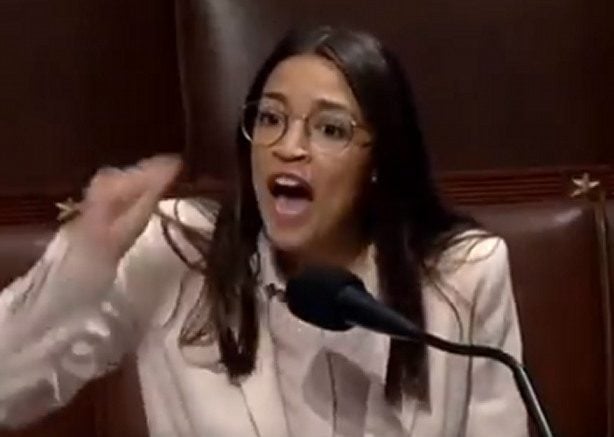In the dynamic landscape of American politics, the figure of Donald Trump continues to cast a significant shadow, influencing both the Republican Party (GOP) and eliciting strategic responses from the Democratic Party. As the 45th President of the United States, Trump’s unorthodox leadership style and populist appeal have left an indelible mark on the nation’s political discourse.
Within the GOP, Trump’s leadership is characterized by a loyal and fervent base. His “America First” agenda, emphasizing economic nationalism, immigration restrictions, and skepticism toward international agreements, has reshaped the party’s platform. Despite his departure from the White House, Trump remains a central figure in Republican politics, endorsing candidates aligned with his vision and contributing to the selection of party leadership.
The impact of Trump’s influence on the GOP is evident in policy shifts, where issues such as trade, immigration, and cultural conservatism have taken center stage. The party’s identity has become increasingly intertwined with Trumpism, prompting debates about the balance between traditional Republican values and the new populist wave led by the former president.
Simultaneously, Trump’s role extends beyond the GOP, with Democrats strategically responding to his influence. Recognizing the sway he holds over a significant portion of the electorate, Democrats have crafted messaging and policies to appeal to voters who may be disenchanted with the Trump-led GOP. Balancing opposition to Trump’s policies while acknowledging the concerns of his supporters has become a delicate dance for Democrats seeking broad electoral appeal.
The Democratic Party faces the challenge of navigating a polarized political landscape shaped, in part, by the Trump era. Trump’s continued prominence in the GOP ensures that Democrats must remain vigilant, adapting their strategies to address the evolving dynamics of American politics. Efforts to bridge ideological divides within the party and appeal to a broad coalition of voters become paramount in the face of Trump’s enduring influence.
As both parties grapple with the complexities of a post-Trump political landscape, the former president’s leadership style and policy preferences continue to reverberate through the corridors of power. The intricate dance between the GOP, now deeply influenced by Trumpism, and the Democrats, strategically responding to this influence, adds layers of complexity to the ongoing narrative of American politics. The enduring legacy of Donald Trump, whether as a unifying force or a divisive figure, remains an influential factor shaping the trajectory of both major political parties.

























































